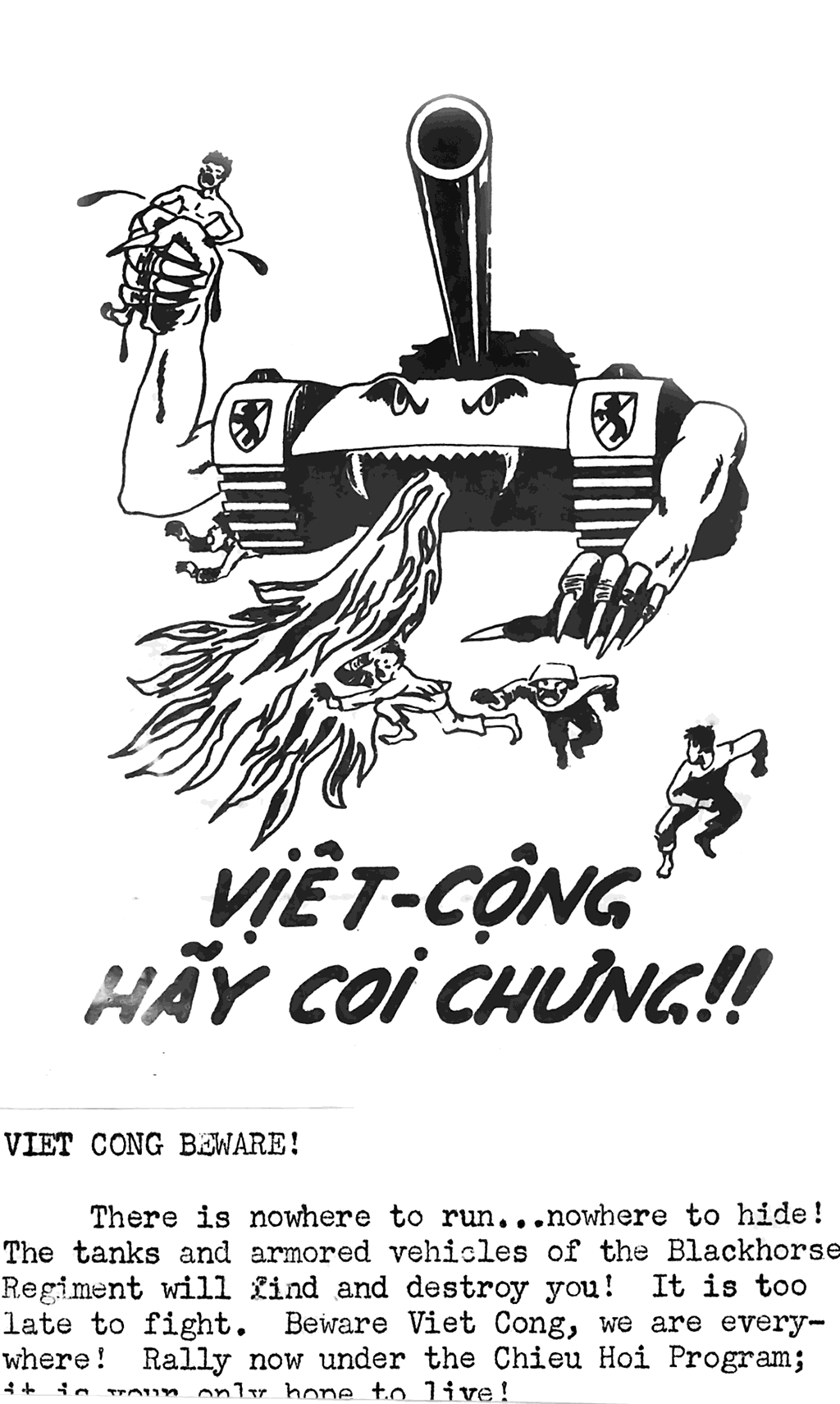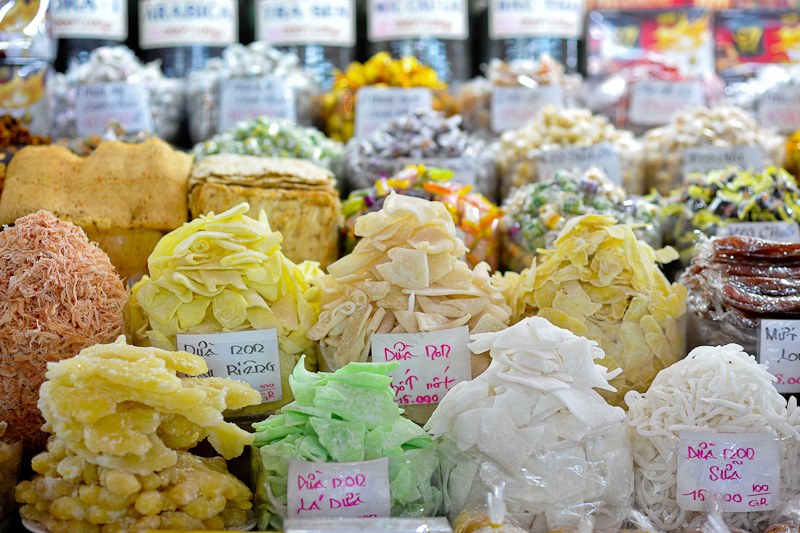|
Operation Washington Green
Operation Washington Green was a security and pacification operation during the Vietnam War conducted by the 173rd Airborne Brigade in Bình Định Province from 15 April 1969 to 1 January 1971. Background On 15 April 1969 the 173rd Airborne Brigade assumed a new task in the four northern districts of Bình Định Province with the mission of conducting operations in support of South Vietnamese Government pacification. In the "Three Front Concept" to be performed simultaneously and included the pursuit of province and district pacification plans, the upgrading of the training, leadership, and combat effectiveness of all South Vietnamese forces operating in the area of operations, and finally the conduct of combat operations that would complement, exploit, and further stabilize South Vietnamese agencies operating in support of pacification. During the operation each maneuver battalion located its main or forward tactical operations center with that of the MACV Advisory element and ... [...More Info...] [...Related Items...] OR: [Wikipedia] [Google] [Baidu] |
Vietnam War
The Vietnam War (also known by #Names, other names) was a conflict in Vietnam, Laos, and Cambodia from 1 November 1955 to the fall of Saigon on 30 April 1975. It was the second of the Indochina Wars and was officially fought between North Vietnam and South Vietnam. The north was supported by the Soviet Union, China, and other communist states, while the south was United States in the Vietnam War, supported by the United States and other anti-communism, anti-communist Free World Military Forces, allies. The war is widely considered to be a Cold War-era proxy war. It lasted almost 20 years, with direct U.S. involvement ending in 1973. The conflict also spilled over into neighboring states, exacerbating the Laotian Civil War and the Cambodian Civil War, which ended with all three countries becoming communist states by 1975. After the French 1954 Geneva Conference, military withdrawal from Indochina in 1954 – following their defeat in the First Indochina War – the Viet Minh to ... [...More Info...] [...Related Items...] OR: [Wikipedia] [Google] [Baidu] |
People’s Army Of Vietnam
The People's Army of Vietnam (PAVN; vi, Quân đội nhân dân Việt Nam, QĐNDVN), also recognized as the Vietnam People's Army (VPA) or the Vietnamese Army (), is the military force of the Socialist Republic of Vietnam and the armed wing of the ruling Communist Party of Vietnam. The PAVN is a part of the Vietnam People's Armed Forces and includes: Ground Force, Navy, Air Force, Border Guard and Coast Guard. However, Vietnam does not have a separate Ground Force or Army branch. All ground troops, army corps, military districts and specialised arms belong to the Ministry of Defence, directly under the command of the Central Military Commission, the Minister of Defence, and the General Staff of the Vietnam People's Army. The military flag of the PAVN is the flag of the Socialist Republic of Vietnam, with the words ''Quyết thắng (Determination to win)'' added in yellow at the top left. During the French Indochina War (1946–1954), the PAVN was often referred to as t ... [...More Info...] [...Related Items...] OR: [Wikipedia] [Google] [Baidu] |
Battles And Operations Of The Vietnam War
A battle is an occurrence of combat in warfare between opposing military units of any number or size. A war usually consists of multiple battles. In general, a battle is a military engagement that is well defined in duration, area, and force commitment. An engagement with only limited commitment between the forces and without decisive results is sometimes called a skirmish. The word "battle" can also be used infrequently to refer to an entire operational campaign, although this usage greatly diverges from its conventional or customary meaning. Generally, the word "battle" is used for such campaigns if referring to a protracted combat encounter in which either one or both of the combatants had the same methods, resources, and strategic objectives throughout the encounter. Some prominent examples of this would be the Battle of the Atlantic, Battle of Britain, and Battle of Stalingrad, all in World War II. Wars and military campaigns are guided by military strategy, whereas bat ... [...More Info...] [...Related Items...] OR: [Wikipedia] [Google] [Baidu] |
1970 In Vietnam
Year 197 ( CXCVII) was a common year starting on Saturday (link will display the full calendar) of the Julian calendar. At the time, it was known as the Year of the Consulship of Magius and Rufinus (or, less frequently, year 950 ''Ab urbe condita''). The denomination 197 for this year has been used since the early medieval period, when the Anno Domini calendar era became the prevalent method in Europe for naming years. Events By place Roman Empire * February 19 – Battle of Lugdunum: Emperor Septimius Severus defeats the self-proclaimed emperor Clodius Albinus at Lugdunum (modern Lyon). Albinus commits suicide; legionaries sack the town. * Septimius Severus returns to Rome and has about 30 of Albinus's supporters in the Senate executed. After his victory he declares himself the adopted son of the late Marcus Aurelius. * Septimius Severus forms new naval units, manning all the triremes in Italy with heavily armed troops for war in the East. His soldiers embark on an ... [...More Info...] [...Related Items...] OR: [Wikipedia] [Google] [Baidu] |
1969 In Vietnam
This year is notable for Apollo 11's first landing on the moon. Events January * January 4 – The Government of Spain hands over Ifni to Morocco. * January 5 **Ariana Afghan Airlines Flight 701 crashes into a house on its approach to London's Gatwick Airport, killing 50 of the 62 people on board and two of the home's occupants. * January 14 – An explosion aboard the aircraft carrier USS ''Enterprise'' near Hawaii kills 27 and injures 314. * January 19 – End of the siege of the University of Tokyo, marking the beginning of the end for the 1968–69 Japanese university protests. * January 20 – Richard Nixon is sworn in as the 37th President of the United States. * January 22 – An assassination attempt is carried out on Soviet leader Leonid Brezhnev by deserter Viktor Ilyin. One person is killed, several are injured. Brezhnev escaped unharmed. * January 27 ** Fourteen men, 9 of them Jews, are executed in Baghdad for spying for Israel. ** R ... [...More Info...] [...Related Items...] OR: [Wikipedia] [Google] [Baidu] |
Chieu Hoi
The Chiêu Hồi program ( (also spelled "chu hoi" or "chu-hoi" in English) loosely translated as "Open Arms") was an initiative by the U.S - Republic of Vietnam to encourage defection by the People's Army of Vietnam (PAVN) and Viet Cong (VC) and their supporters to the side of the government during the Vietnam War. According to U.S, 101,511 PAVN/VC defected under the program but one analyst speculates that less than 25% of those were genuine. Campaign Defection was urged by means of a propaganda campaign, usually leaflets delivered by artillery shell or dropped over enemy-controlled areas by aircraft, or messages broadcast over areas of South Vietnam. A number of incentives were offered to those who chose to cooperate, along with psychological warfare to break enemy morale. To further this aim, invitations to defect, which also acted as safe conduct passes, were printed on clear plastic waterproof bags used to carry ammunition for the U.S. soldiers' M16 rifle. Each bag held ... [...More Info...] [...Related Items...] OR: [Wikipedia] [Google] [Baidu] |
Phù Mỹ District
In chemistry, pH (), historically denoting "potential of hydrogen" (or "power of hydrogen"), is a scale used to specify the acidity or basicity of an aqueous solution. Acidic solutions (solutions with higher concentrations of ions) are measured to have lower pH values than basic or alkaline solutions. The pH scale is logarithmic and inversely indicates the concentration of hydrogen ions in the solution.Bates, Roger G. ''Determination of pH: theory and practice''. Wiley, 1973. :\ce = - \log(a_\ce) = -\log( ce\ce M) where M = mol dm−3. At 25 °C (77 °F), solutions with a pH less than 7 are acidic, and solutions with a pH greater than 7 are basic. Solutions with a pH of 7 at this temperature are neutral (i.e. have the same concentration of H+ ions as OH− ions, i.e. pure water). The neutral value of the pH depends on the temperaturebeing lower than 7 if the temperature increases above 25 °C. The pH value can be less than 0 for very concentrated strong ac ... [...More Info...] [...Related Items...] OR: [Wikipedia] [Google] [Baidu] |
Flame Fougasse
A flame fougasse (sometimes contracted to fougasse and may be spelled foo gas) is a type of mine or improvised explosive device which uses an explosive charge to project burning liquid onto a target. The flame fougasse was developed by the Petroleum Warfare Department in Britain as an anti-tank weapon during the invasion crisis of 1940. During that period, about 50,000 flame fougasse barrels were deployed in some 7,000 batteries, mostly in southern England and a little later at 2,000 sites in Scotland. Although never used in combat in Britain, the design saw action later in Greece. Later in World War II, Germany and Russia developed flame throwing mines that worked on a somewhat different principle. After World War II, flame fougasses similar to the original British design have been used in several conflicts including the Korean and Vietnam Wars where it was improvised from easily available parts.FM 20-33. Combat Flame Operations. The flame fougasse remains in army field manua ... [...More Info...] [...Related Items...] OR: [Wikipedia] [Google] [Baidu] |
CS Gas
The compound 2-chlorobenzalmalononitrile (also called ''o''-chlorobenzylidene malononitrile; chemical formula: C10H5ClN2), a cyanocarbon, is the defining component of tear gas commonly referred to as CS gas, which is used as a riot control agent. Exposure causes a burning sensation and tearing of the eyes to the extent that the subject cannot keep their eyes open, and a burning irritation of the mucous membranes of the nose, mouth and throat, resulting in profuse coughing, nasal mucus discharge, disorientation, and difficulty breathing, partially incapacitating the subject. CS gas is an aerosol of a volatile solvent (a substance that dissolves other active substances and that easily evaporates) and 2-chlorobenzalmalononitrile, which is a solid compound at room temperature. CS gas is generally accepted as being non-lethal. It was first synthesized by two Americans, Ben Corson and Roger Stoughton, at Middlebury College in 1928, and the chemical's name is derived from the firs ... [...More Info...] [...Related Items...] OR: [Wikipedia] [Google] [Baidu] |
Tết
Tết (), short for Tết Nguyên Đán (Chữ Hán: 節元旦), Spring Festival, Lunar New Year, or Vietnamese Lunar New Year is one of the most important celebrations in Vietnamese culture. The colloquial term "Tết" is a shortened form of , with Old Vietnamese origins meaning "Festival of the First Morning of the First Day". Tết celebrates the arrival of spring based on the Vietnamese calendar, which usually has the date on January or February in the Gregorian calendar. ''Tết Nguyên Đán'' (Spring Festival or Lunar New Year) is not to be confused with ''Tết Trung Thu'' (Mid-Autumn Festival), which is also known as ''Children's Festival'' in Vietnam. ''Tết'' itself only means festival, but is often nominally known as "Lunar New Year Festival" in Vietnamese, as it is often seen as the most important festival amongst the Vietnamese diaspora, with ''Children's Festival'' (Tết Trung Thu) often regarded as the second-most important. Vietnamese people celebrate Tết a ... [...More Info...] [...Related Items...] OR: [Wikipedia] [Google] [Baidu] |



.jpg)


